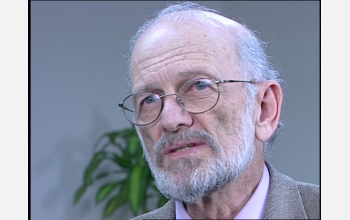All Images


Press Release 06-044
Small, Ultra-fast and Ultra-versatile Scanner Takes Chemical Analysis to the Field

Surgical aid, medical diagnostic and bomb sniffer may be all in a day's work for this little machine
Back to article | Note about images
 |
Researchers at Purdue University have created a miniature mass spectrometer that promises to have applications in everything from airport security to medical diagnostics. This latest prototype, the Mini 10 portable mass spectrometer, is roughly the size of a shoebox and can easily be carried with one hand. The instrument is 13.5 inches long, 8.5 inches wide and 7.5 inches tall. It weighs 22 pounds. A conventional mass spectrometer was about 30 times that. The mini can also run on batteries.
Credit: National Science Foundation. |
Download the high-resolution JPG version of the image. (266 KB)
|
Use your mouse to right-click (or Ctrl-click on a Mac) the link above and choose the option that will save the file or target to your computer.
|
 |
 View video View video
R. Graham Cooks and Zheng Ouyang discuss the mini mass spectrometer and its potential applications.
Credit: National Science Foundation
|
 |
Doctoral student Christopher Mulligan uses a desorption electrospray ionization (DESI) tube to scan the outside of a backpack worn by Adam Keil, a postdoctoral research associate. The spray knocks molecules off the pack's surface, which and are then analyzed by the Mini 10 portable spectrometer, a shoebox-size instrument about 30 times lighter than conventional mass spectrometers. The mini can also run on batteries.
Credit: David Umberger, Purdue News Service |
Download the high-resolution JPG version of the image. (3.3 MB)
|
Use your mouse to right-click (or Ctrl-click on a Mac) the link above and choose the option that will save the file or target to your computer.
|
|





